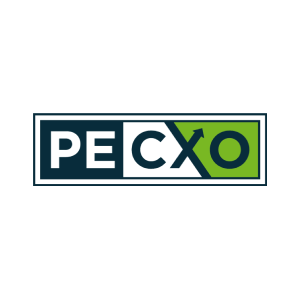In private equity-backed middle-market dealmaking, roll-ups are a common M&A growth strategy where two or more companies in the same market and often with complementary capabilities are consolidated to streamline operations and best practices. There are typically two main goals of the roll-up strategy: customer acquisition and product acquisition.
While these mergers can lead to high returns, they can also pose distinct challenges, particularly with integrating new leadership and teams while maintaining the entrepreneurial DNA of these often smaller, founder-led companies.
Delve into strategies for navigating these transitions in a way that balances metrics-driven management without sacrificing innovation and creativity.
Integrating Platform Roll-Ups: Establishing Clear Accountabilities
Roll-up acquisitions can be unpredictable and vary case by case, especially when multiple companies are being merged. During any roll-up, it’s essential to gain clarity with the PE owners about the investment thesis. Understanding their vision and their LPs’ expectations will define your own leadership goals and how your success is measured.
“In a roll-up, you could come from the smallest company and you could end up as the CEO — or in my case, the President — in a short period of time. Or, you can think that you’re the acquirer and be out shortly thereafter. If you’re not aligned to the investment thesis, and you’re not executing against that thesis in all of your decision-making, you’re not going to be there for long.”
— Peter Clare, PE-backed CEO at Relode
